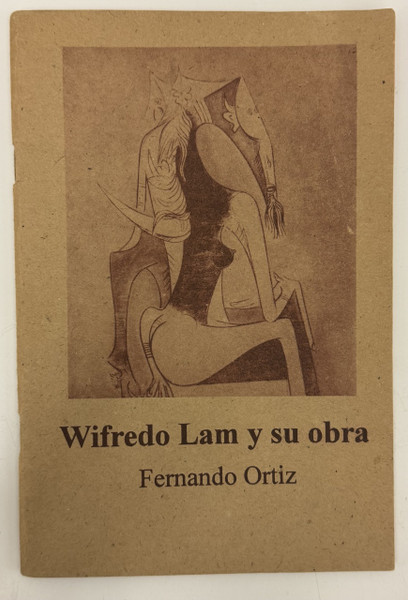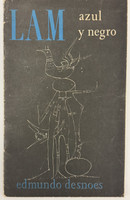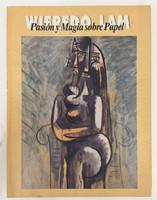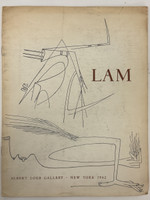- Travel
-
Exhibits
- La Portada Cubana
- Immortal Cuba: Artists Take on Their Heroes
- Seattle Poster Exhibit
- Sandra Dooley & Alejandrina Cué
- The Art of Wayacón
- Cuban Folk Art
- Cuba In Black And White
- 25 Years of Cuban Art Space
- Summer Folk Art Expo
- ¡SPRING AWAKENING FROM CUBA!
- Celebrating The Art Of Cuban Women
- Celebrating Paper, Affordable Art from Cuba
- Art of the Revolution
- Outsider Art
- Lost and Found
- En la lucha: Celebrating Cuban Women and Their Art
- Cuban Art Stash
- 100 Fires: 5 Cienfuegos Artists' Work on Paper
- Waya + Monte! Magic Realism in Cienfuegos
- Viva Cuba Viva! Poster Show
- Cultivando Sueños
- Black Lives Matter in Cuba Jan 9-March 27
- Leandro Soto: Crónicas visuales
- Cuban Canvas
-
Archive
- Global Reflection 2018: Spirit and Community
- Exhibit in the cloud: Contemporary Works on Paper
- MADE IN CUBA! MINNEAPOLIS EXHIBIT
- Cuban Posters and Photography from CCS collection
- AUTUMN SALE! Sept/Oct 2017
- SPRING ARTS AND CRAFT SALE
- Vuelo Directo/Non Stop: Alberto & Alejandro Lescay
- The Many Faces of Fidel
- Somos
- Made in Cuba!
- The US empire in Cuban graphics
- Made in Cuba/Seattle exhibit
- Entre Nos
- Looking Back
- Cuban Art Space
- Membership/Donate
- About Us
- Cuba News
-
"Wifredo Lam y su obra" (Wifredo Lam and His Work) is a critical essay by Fernando Ortiz (1881-1969), one of Cuba's most influential intellectuals of the twentieth century, known as the "Tercer Descubridor de Cuba" (Third Discoverer of Cuba) for his groundbreaking work in anthropology, ethnography, and Afro-Cuban studies. Published by Publicigraf as part of their Colección Raíces (Roots Collection) series in 1993, this edition was printed on kraft paper with a cover reproduction of a Lam drawing showing his characteristic elongated, hybrid figures rendered in brown tones. The minimalist design places the title and author name vertically on the left side, allowing Lam's artwork to occupy the central space.
In this essay, Ortiz penetrates what is essentially Cuban about Lam's work, arguing that his paintings possess religion and magic, undifferentiated among themselves, revealing the power of the Great Mystery that coexists with us, invisible and portentous, where reality and dream merge. Ortiz examines Lam from an anthropological perspective, considering the universal aesthetic values of the artist while tracing how his thinking was shaped by his ancestors' essences, his Cuban childhood and adolescence, and later by his immersion in European cultural crucibles where his mentality reached the plenitude of its power and his technique achieved mastery—showing how poetry and plastic arts become one. This publication represents Publicigraf's homage to Ortiz, honoring the great scholar who dedicated his life to discovering Cuban culture through multidisciplinary investigation, particularly his pioneering research into Afro-Cuban ethnography.
-
-
Discover More at the Center for Cuban Studies







